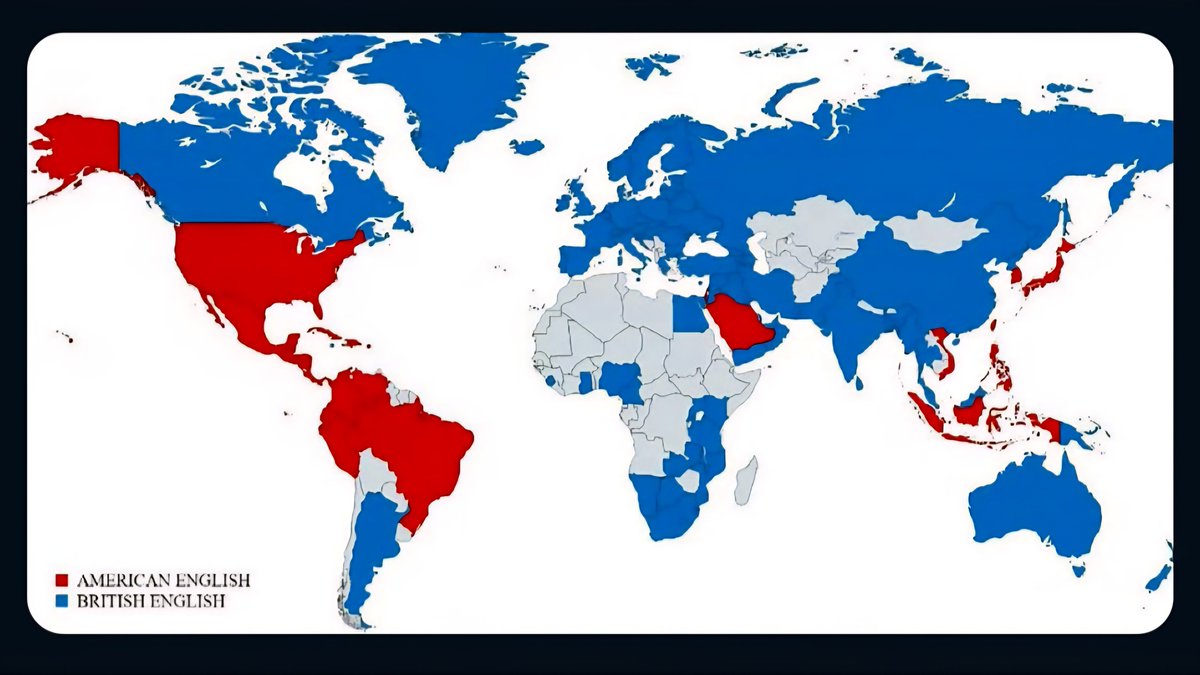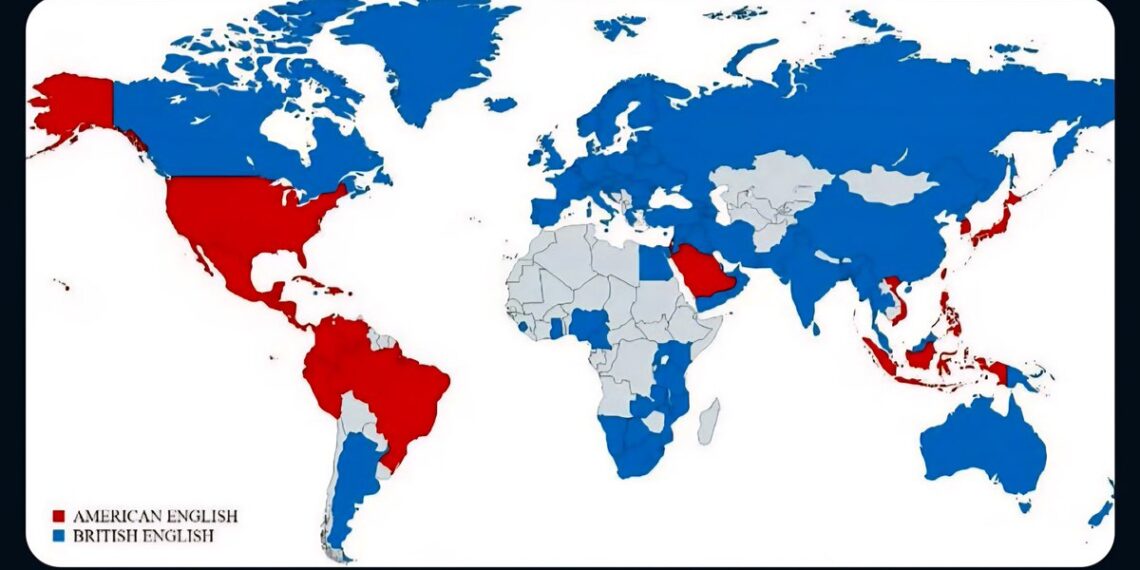Select Language:
Understanding the Differences Between British and American English in Schools
1. Spelling Variations That Shape Vocabulary
One of the most noticeable differences in British and American English lies in their spelling conventions. In schools across the United States, students are taught to spell words like “color,” “organize,” and “theater,” whereas in the UK, the same words appear as “colour,” “organise,” and “theatre.” These variations often stem from historical spelling reforms, but they remain a dividing line in language education. Students learn to recognize these differences early on, which helps in understanding regional texts and preparing for standardized tests that may specify a regional spelling convention.
2. Vocabulary Parked at the Intersection of Culture and Education
Vocabulary distinctions extend beyond spelling. Schools introduce students to region-specific terms to help them navigate local literatures and contexts. For instance, American students often learn to call the rear of a car the “trunk,” while British students are instructed to call it the “boot.” Similarly, what Americans call the “cookie,” Brits refer to as a “biscuit.” These distinctions are emphasized in classroom settings to foster cultural understanding and contextual comprehension, especially in language learning and literature classes.
3. Grammar Rules: The Subtle but Pivotal Variations
Although American and British English largely follow similar grammatical structures, subtle differences are taught in schools that reflect regional standards. For example, in American English, collective nouns such as “team” or “staff” are treated as singular (e.g., “The team is winning”), whereas in British English, these nouns can be plural (“The team are winning”). These nuances are a crucial part of language education, as they influence sentence construction and clarity in both spoken and written communication.
4. Pronunciation and Accent: Less Focused but Not Ignored
While phonetics and pronunciation are integral to language mastery, they tend to be less directly emphasized in standard school curricula compared to spelling and vocabulary. However, students are often introduced to regional accents and pronunciations, especially in language arts or speech classes, to prepare them for diverse interactions and to understand various linguistic media.
5. Standardized Testing and Language Expectations
In 2025, education systems continue to adapt tests that reflect either British or American English standards, depending on the region. Schools focus heavily on teaching students the correct usage expected for their standardized assessments—whether it’s the SATs or GCSEs—to ensure proper preparation and success. This duality also influences classroom teaching materials, often providing side-by-side comparisons of British and American English to build linguistic versatility.
6. Cultural Contexts Shaping Language Lessons
Country-specific cultural references influence how language is taught, with teachers incorporating idioms, slang, and colloquialisms specific to each variant of English. For example, American students learn phrases like “hit the hay,” meaning “go to bed,” while their British counterparts might learn “knock off work,” both adding cultural flavor to language lessons. Understanding these expressions enhances students’ abilities to grasp idiomatic language and idiomatic expressions.
7. The Role of Literature in Highlighting Variations
Literature classes prominently feature texts from both American and British authors, making the differences in language evident. Students read works by writers like William Shakespeare or Jane Austen alongside Mark Twain or Ernest Hemingway. Teachers use these texts to highlight linguistic divergences, fostering a deeper appreciation for the cultural heritage and regional identity embedded in language.
8. The Digital Age and Evolving Language Education
In 2025, the classroom extends beyond traditional texts and textbooks. Schools incorporate digital resources that emphasize the differences in language use, helping students navigate international communication accurately. Interactive modules, language apps, and online forums provide real-time exposure to regional idiomatic expressions and linguistic structures, preparing students for global interaction in an interconnected world.
9. Language Teachers Bridging the Gap
Educators play a vital role in helping students understand and appreciate both variants of English. They are trained to teach these distinctions explicitly, ensuring students become proficient in both forms, which enhances their flexibility in academic, professional, and social settings. Teachers often include cross-cultural lessons, encouraging students to see language as a living, evolving entity shaped by its cultural context.
10. Looking Forward: Global English as a Compound
As the world becomes increasingly interconnected, schools increasingly aim to teach a blended form of English that recognizes both British and American standards. This approach aims to foster adaptability, cultural literacy, and effective communication across borders, preparing students in 2025 to thrive in a globalized environment while respecting regional language identities.







